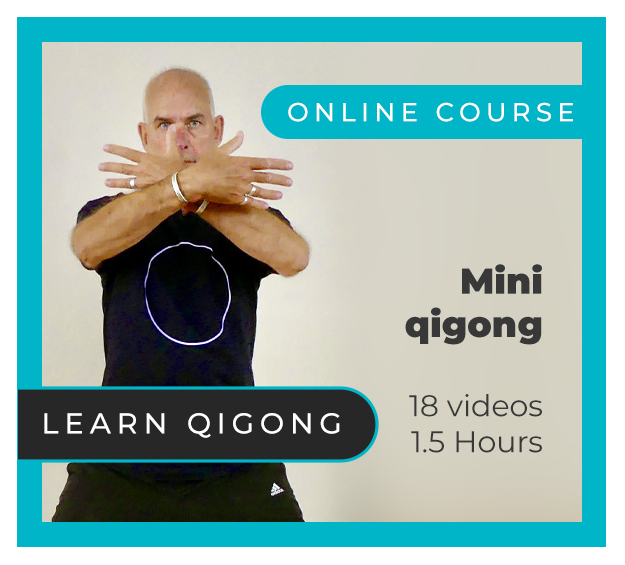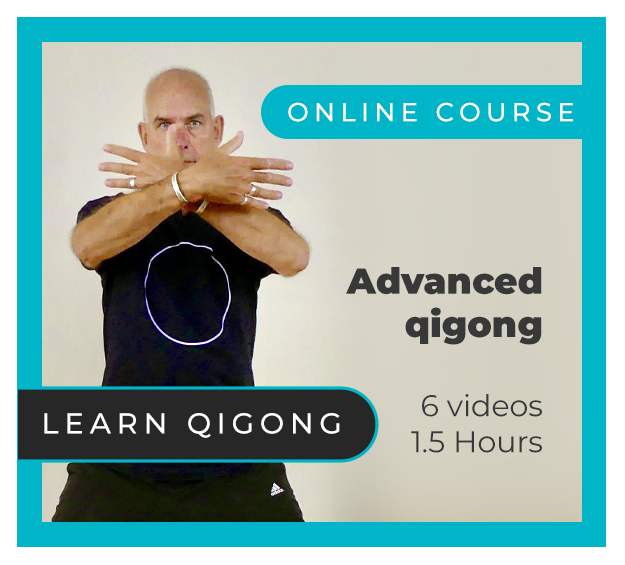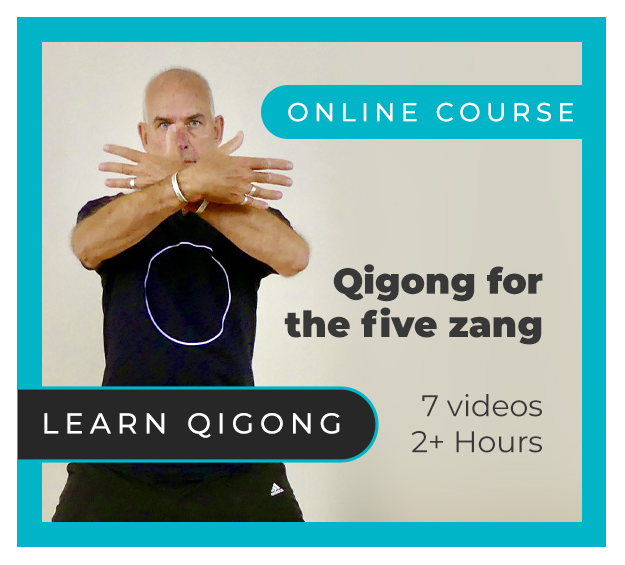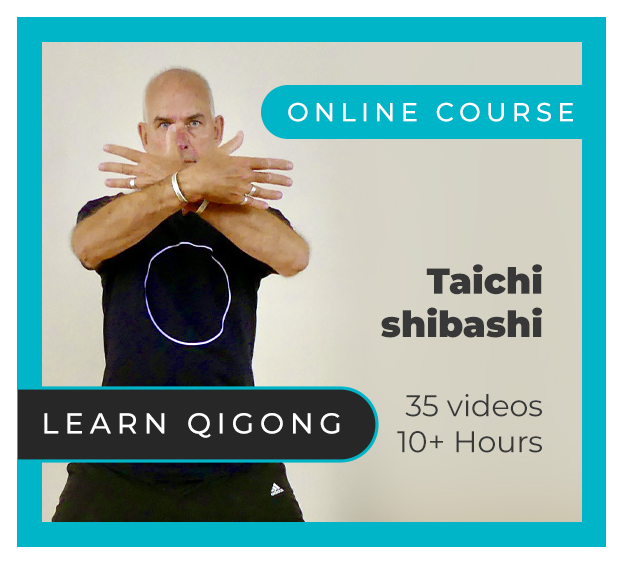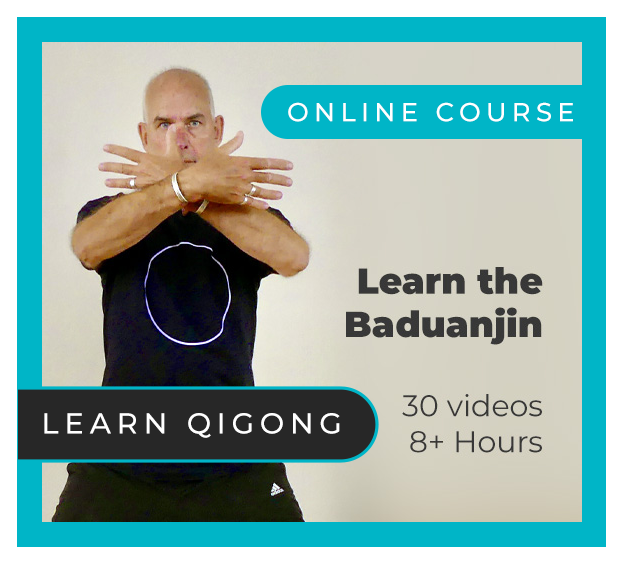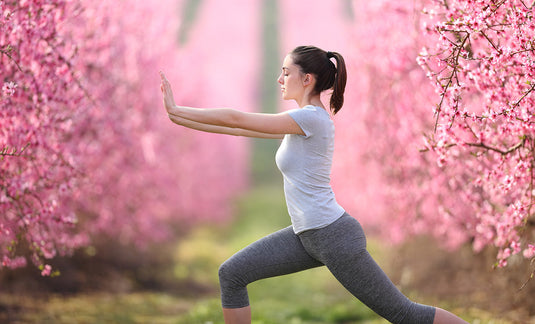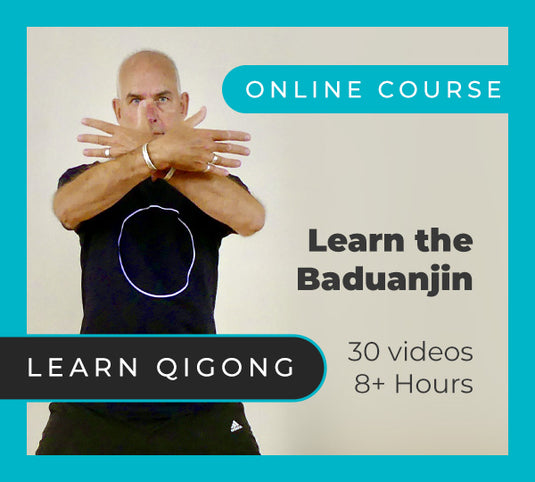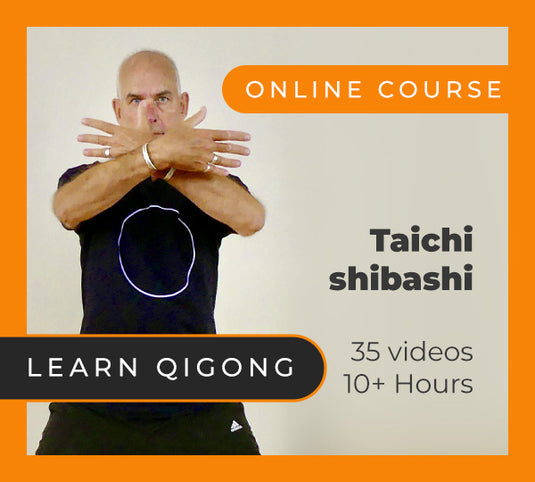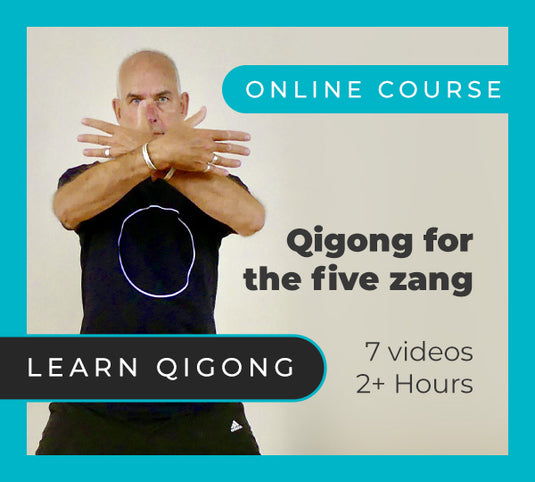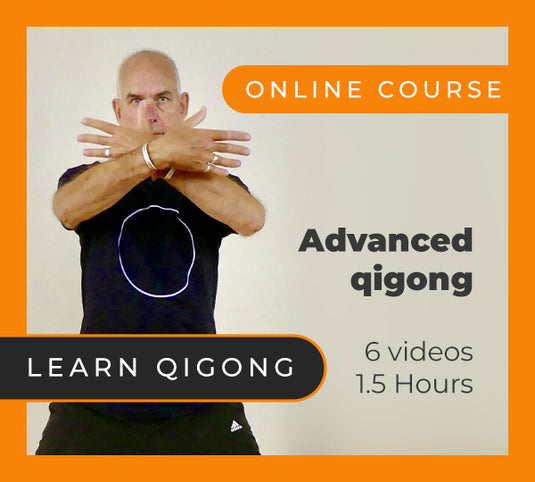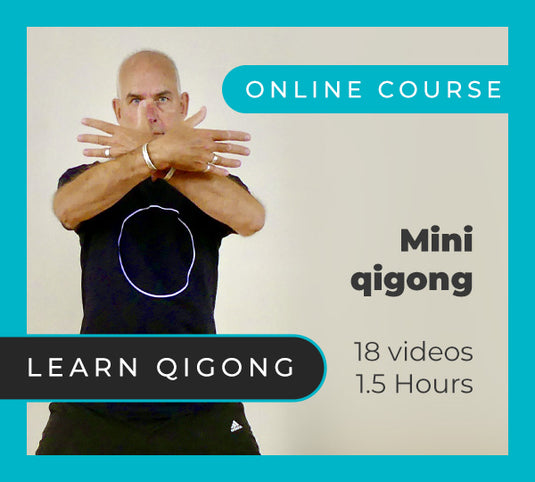It seems so simple – to know where all the bits of our body are. This is proprioception, and it’s defined as 'the perception of joint and body movement as well as the position of the body, or body segments, in space.'
Proprioception has nothing to do with vision, in other words it is a felt experience and can be tested with the eyes closed. If you are stopped in the United States for suspected drunken driving (proprioception gets worse when drunk – no surprise there) one test is whether you can close your eyes and touch the tip of your nose with your finger.
Apart from the influence of alcohol and certain medical and recreational drugs, poor proprioception can be a developmental disorder or the result of ageing and disease. Luckily, in most cases it can be improved.
Effective proprioception is vital for accurate and graceful movement, balance and the ability to bring the appropriate amount of force to our movements. With good proprioception we can move with assurance through the world, whilst any lack of connection and awareness of body placing can give rise to clumsiness and poor coordination and increase the risk of falling. It can also lead to abnormal joint mechanics when we move, increasing the risk of injury and degenerative joint disease.
The good news is that there is strong evidence that practices such as qigong and tai chi can help build awareness of the position and movement of our core and limbs, right through to our fingertips and toes. Slowing down movement to coordinate with breathing, permeating the body with awareness, and paying careful attention to posture, weight shifting and joint opening, ensures ever more accurate proprioceptive awareness, both in stillness and in motion. One proof is that various studies have demonstrated that qigong/tai chi practitioners have better proprioception than swimmers, runners or sedentary controls.
Here’s one way of checking proprioception that is also an invitation to improve it. The Romberg test involves being able to stand with the feet and heels together and the eyes closed for thirty seconds while maintaining balance. This is one of the common qigong standing poses, and with regular practice can be comfortably held for many minutes. Remember that balance will be improved if we relax our knees, let the chest and pelvis hang naturally and focus our attention on the soles of our feet.
If you would like to follow the teaching of Peter Deadman and learn Qigong, explore all of Peter's Online Video Courses available on Vimeo. 
